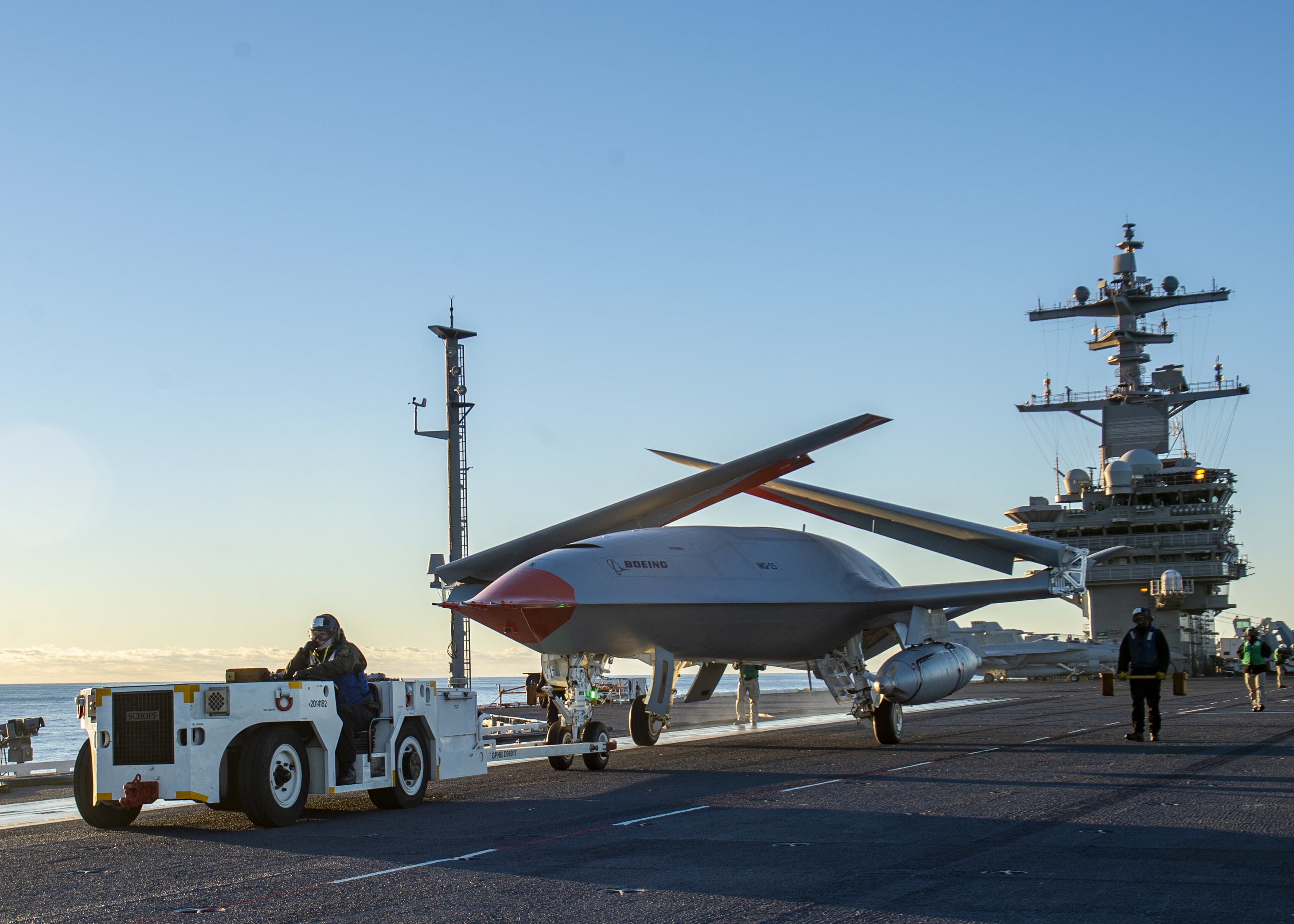
Report on Current, Future Pentagon Unmanned Aerial Vehicles Programs
The following is the April 13, 2022 Congressional Research Service report, Unmanned Aircraft Systems: Current and Potential Programs…
Copyright 2024 U.S. Naval Institute. All Rights Reserved.